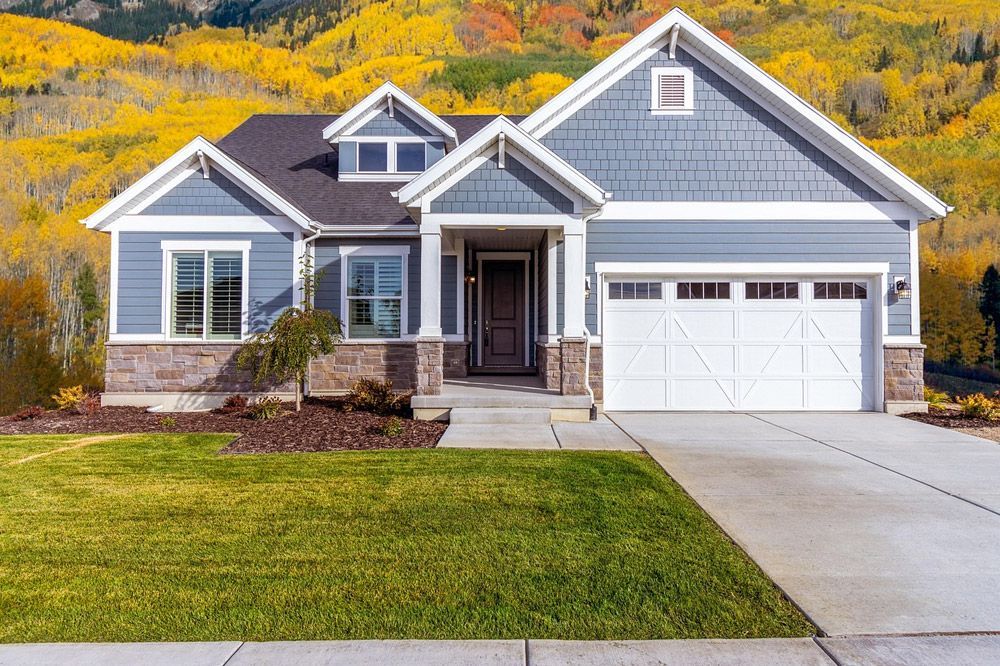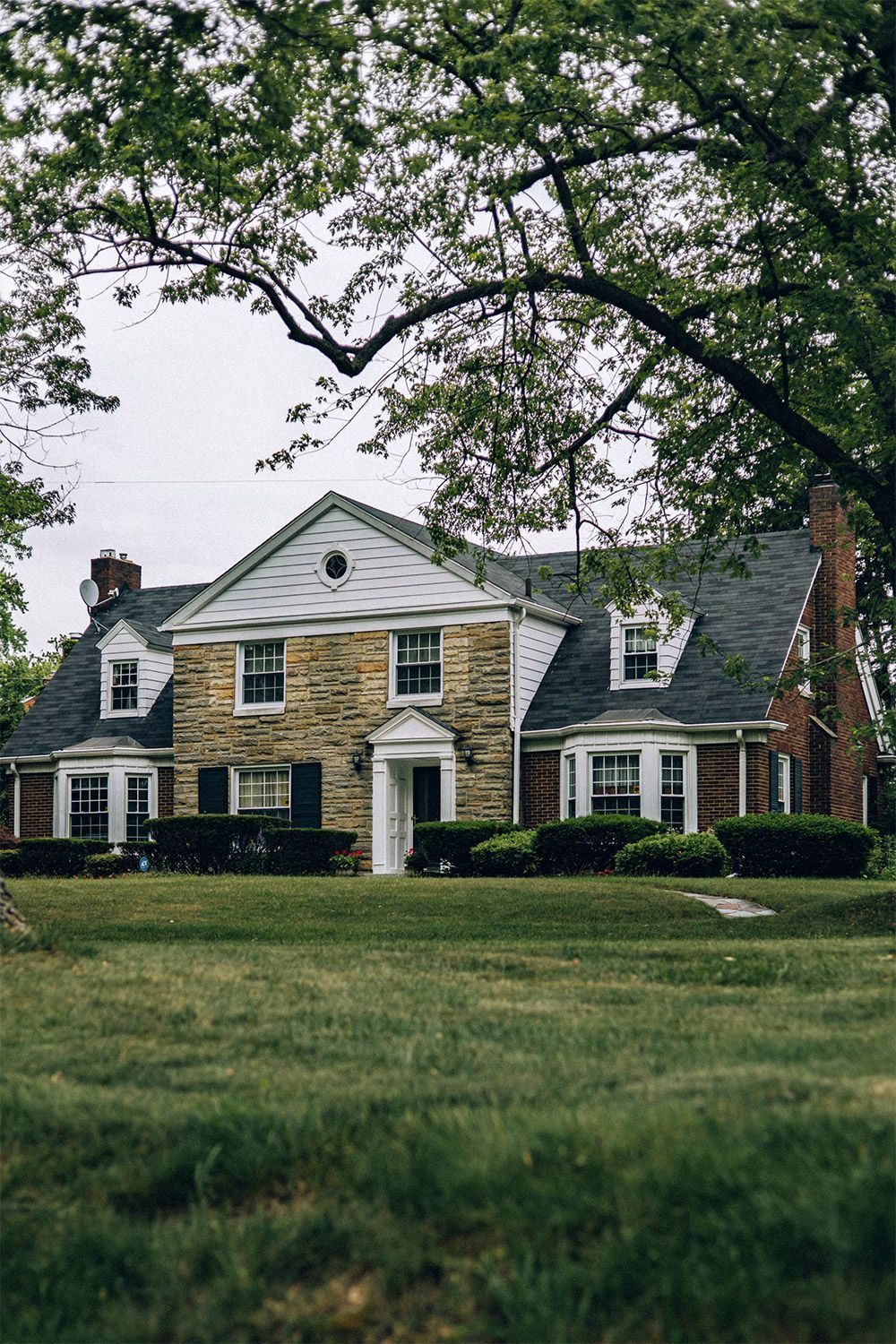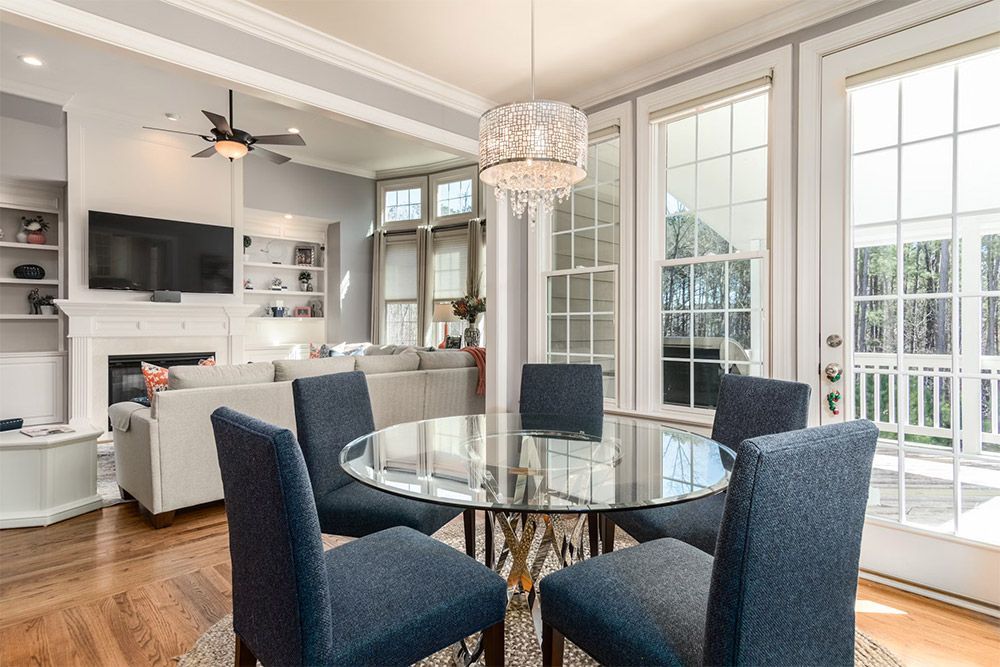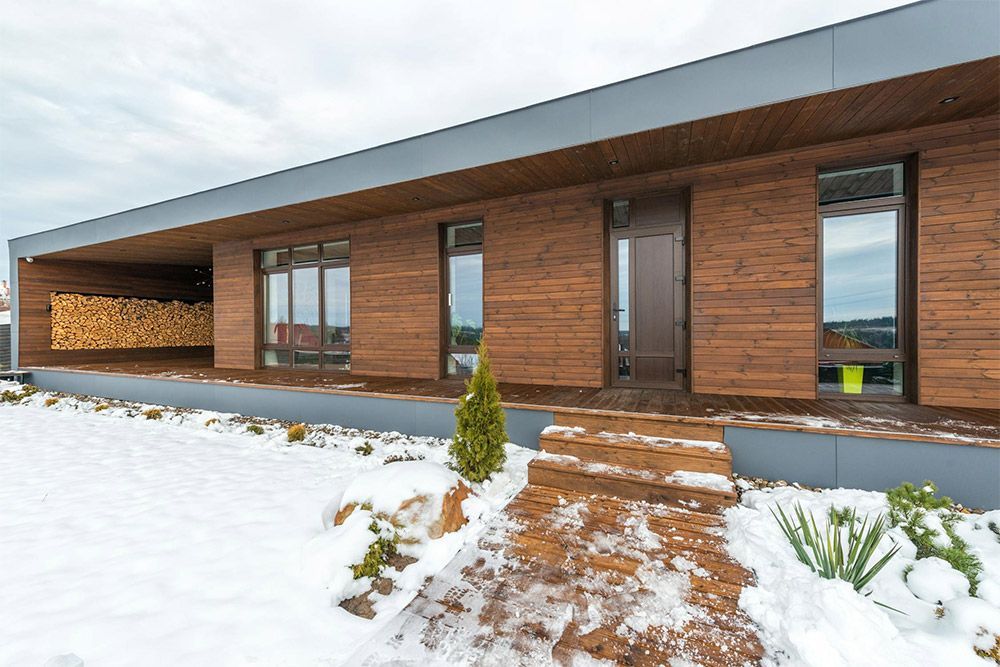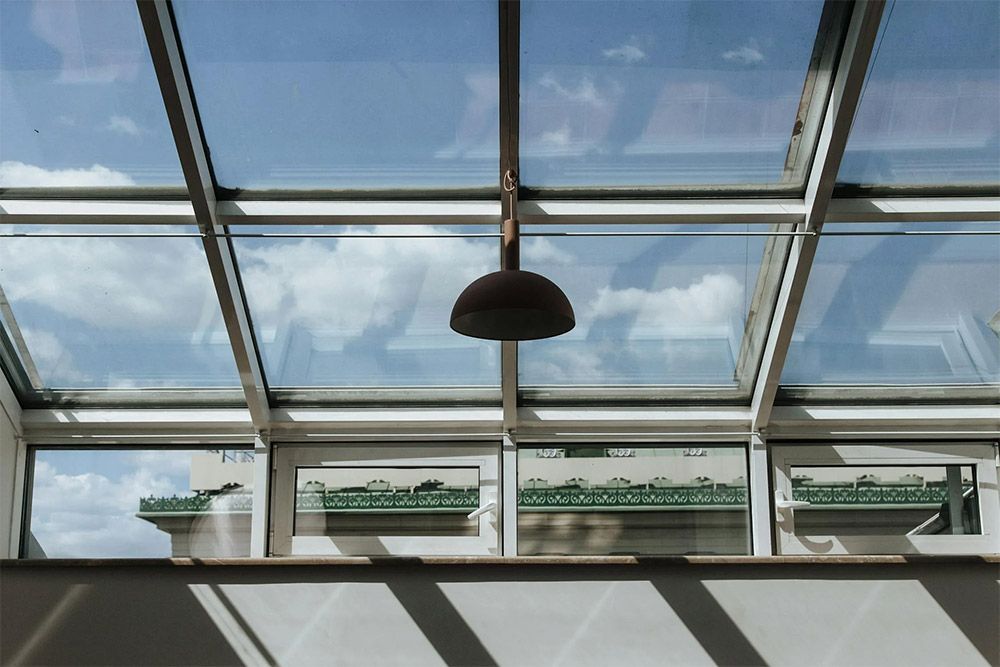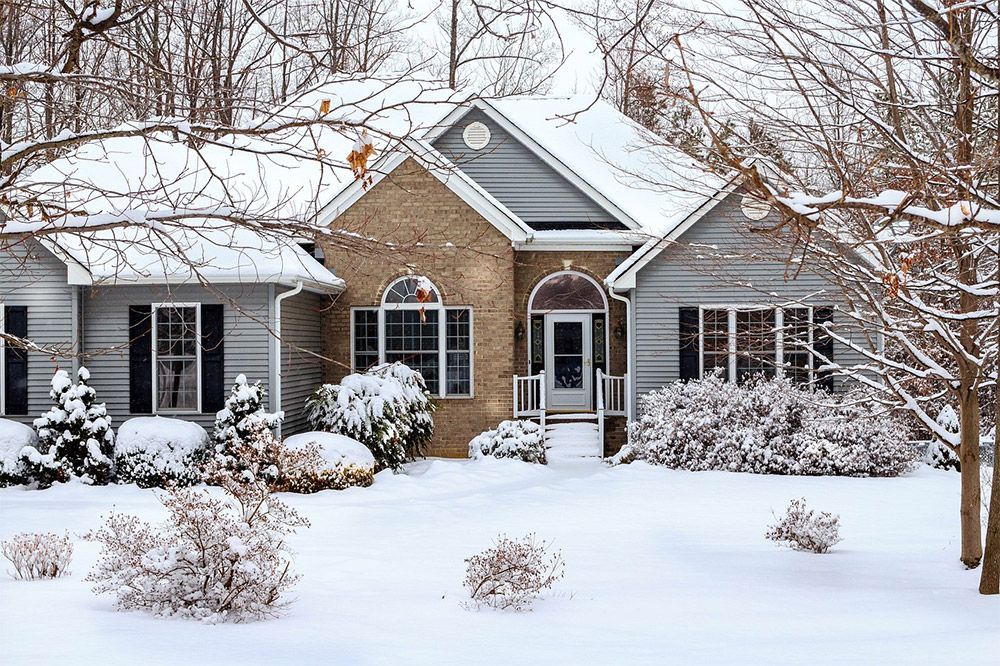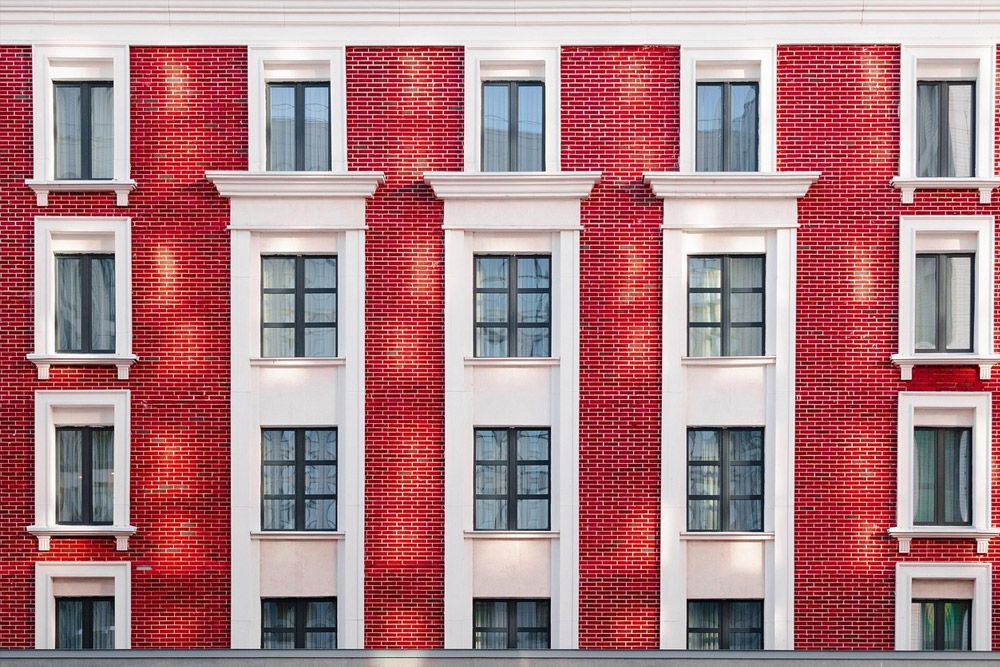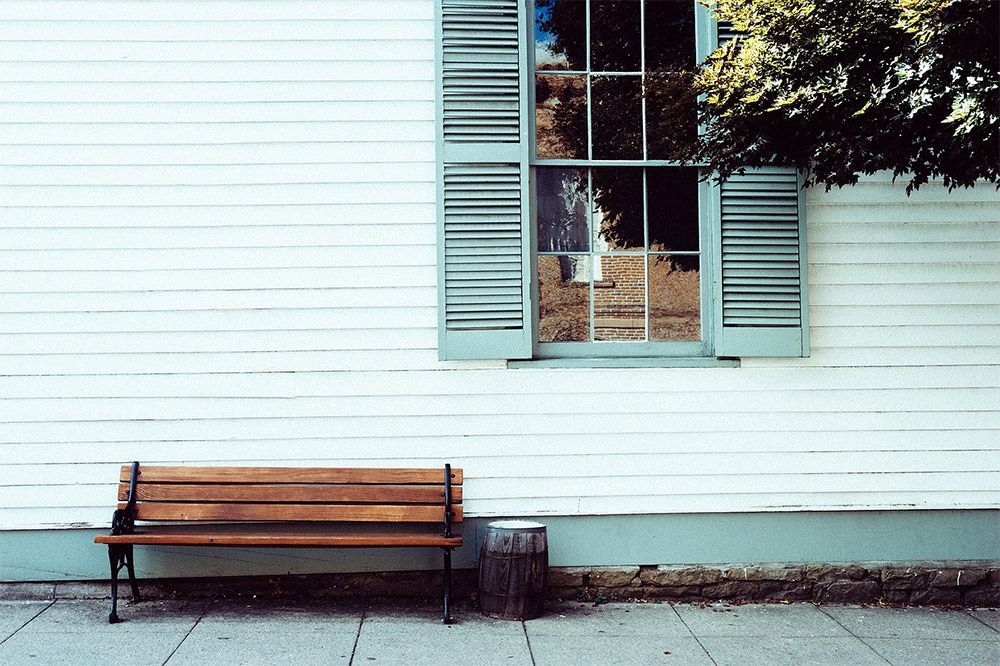Can I Install New Siding Over Existing Siding? Or Does the Old Siding Need to Be Removed First?
When it’s time to upgrade the exterior of your home, new siding is often at the top of the list. Not only does siding in Fort Collins dramatically increase your curb appeal, but it also plays a crucial role in protecting your home from the elements. If your current siding is looking worn, outdated, or damaged, you might wonder what steps you need to take before installing your new siding.
When figuring out if you can put the new siding over what’s already there, there are a number of factors to think about. Installing the new siding over the old can save time and money, but it’s not always the right solution for every situation. There are pros and cons to both approaches, but it’s important to understand what your specific needs are for your home.
Understanding Your Current Siding
Before diving into what to do with the new siding, it’s imperative to have a grasp of what’s going on with the existing materials. There are a number of common types of siding, and the condition of that siding also has to be taken into consideration. Each of the following materials has properties that impact whether new siding can be installed directly over them. Depending on the condition of the existing siding, talking with the siding professional can help you determine what path is right for your project.
Vinyl siding is a lightweight and popular option, mostly for its affordability and low maintenance. Aluminum siding is durable and weather resistant, but is prone to dents from hail storms. Wood siding is more traditional, but is prone to rot and pests. It can also warp if not maintained. Older homes may even have hardboard or composite siding, which should be removed before the new siding is installed.
When You Can Install Over Existing Siding
There are some circumstances when installing new siding over old siding is acceptable and even advisable. It can be a good choice when the existing siding is still in good condition – with no rot, mold, or significant damage. If the materials are comparable, it can also be effective, like installing vinyl siding over wood. If there’s no deterioration in the wood, the vinyl will likely protect it from future deterioration. This can also be a good option if you want to add insulation. You can install rigid, foam board insulation between the existing layer in the new layer.
There are other things to consider than just the types of material, however. Before installing any new siding over existing siding, you must make sure there are no local building codes preventing it. There are still some houses out there that have old siding materials – including those that contain asbestos – and those should always be removed. You can also rest assured when leaving the existing siding in place if you’re working with a trusted contractor that has experience with layered siding.
When Removal is the Better Option
Despite the obvious cost and time advantages of installing the new material over the existing siding, there are a number of situations that call for the removal of the old siding as a safer and more effective choice. If your current siding is rotting, warped, or is infested with termites or other insects, it absolutely has to be removed. This helps avoid further damage and delivers a more stable base for the new siding to be appropriately installed.
Signs of mold, mildew, or other water damage means there is an underlying moisture problem. Removing the siding will allow you to address these problems properly before the new siding is installed. If your home already has more than one layer of siding, adding another can cause problems by impacting the structural integrity. Installing new siding over an uneven or worn surface may also lead to an unattractive finish. Removing the old materials can make sure you get a smooth and consistent look.
How to Decide What’s Best for Your Home
Choosing which path to take with siding installation depends on your home’s condition, your overall budget, and the goals for your project. If you’re unsure, hire a professional to perform and inspection. Examine your current siding for signs of damage, rot, or mold. Look for signs of moisture. Municipal building codes vary by location. Some areas require removal of existing siding before installation – particularly for certain materials. Contact your local building department for full understanding of the rules for your area.
Removing the old siding will add to the cost of the project, so your budget can be a driving force in this decision. If your siding is still in good condition, installing over it can be a cost-effective alternative. It’s also important to think long-term. Layering can save you money now, but that may lead to more expensive repairs later on the chance that an underlying problem was missed. Be sure to talk with a professional contractor to understand the short-term savings against the long-term costs.
Pros of Installing New Siding Over Existing Siding
The biggest benefit to keeping the existing siding in place is the cost savings. Removing the old siding will be labor-intensive and costly. By installing over it, you eliminate the need for demolition and disposal – saving money on labor and landfill fees. Skipping the removal process can also significantly reduce the time the project takes. If you’re on a tight schedule, this might be a compelling advantage to consider.
When installing siding over the existing material, there’s also an opportunity to add a layer of foam insulation between the layers. This can enhance your home’s overall energy efficiency and reduce utility costs. The extra siding left behind can also provide an extra layer of protection from the elements, increasing the overall durability. Of course, this is all dependent on the condition of the siding, so be sure to thoroughly inspect the entirety of the existing siding to make sure it’s the right choice.
Cons of Installing Over Existing Siding
Moisture is one of the biggest enemies to the structural integrity of your home, and it’s the main concern when leaving existing siding in place. If your current siding traps water or is already showing signs of rot, placing new siding over it can make the problem worse – leading to mold and mildew that can damage the structure. Old siding can mask a number of other underlying problems as well. Along with water damage, the old materials may be hiding pet infestations or mold that’s already taken root. These issues will have to be taken care of sooner or later, and putting new siding over it can make that removal very expensive down the road.
If the existing siding is warped or uneven, the new siding might not sit properly over the top of it. This causes a lumpy and uneven appearance that can have a negative impact on the curb appeal of your home. Along with the inconsistent look, this can also reduce the effectiveness of the new siding, decreasing its ability to protect your home. Some municipalities have building codes that require the removal of certain types – or all types – of siding before installing new materials. Ignoring these building codes can not only result in hefty fines, but some siding manufacturers will void warranties if their product is installed over existing siding.
Steps to Putting New Siding Over Existing Siding
If you decide to go with keeping the existing siding on your structure, there’s a process that should be followed when installing the new materials. Inspect and repair first. Take a close look at all of the existing siding and repair any minor damage that is found. Be sure to remove and fully replace any sections that have been compromised by rot or other wear that could compromise its integrity. Add during strips or foam board to create a flat surface. This will allow for improved insulation and prevent moisture damage.
A weather-resistant barrier should also be added. This helps prevent any new moisture infiltration in the future between the layers. Once these other layers are in place, it’s time to install the new siding. Always follow the manufacturer’s instructions and use proper installation techniques to ensure a durable, attractive finish. When the new layer of siding is installed, seal and finish. Pay attention to the trim, corners, and joints to seal out moisture and enhance curb appeal.
Your siding is a major component to the protection and comfort of your home. When it’s time to install new siding, it’s important to understand what’s best for the structure and your budget. Deciding on whether to remove the old siding before installing the new relies on a variety of factors. Layering can be a smart and cost-effective solution, but many times removing the old siding is necessary to prevent future problems. Before making a decision, be sure to talk to the professionals to ensure you’re taking the right approach. For more information, reach out to the experts at Window & Siding Outlet today.

